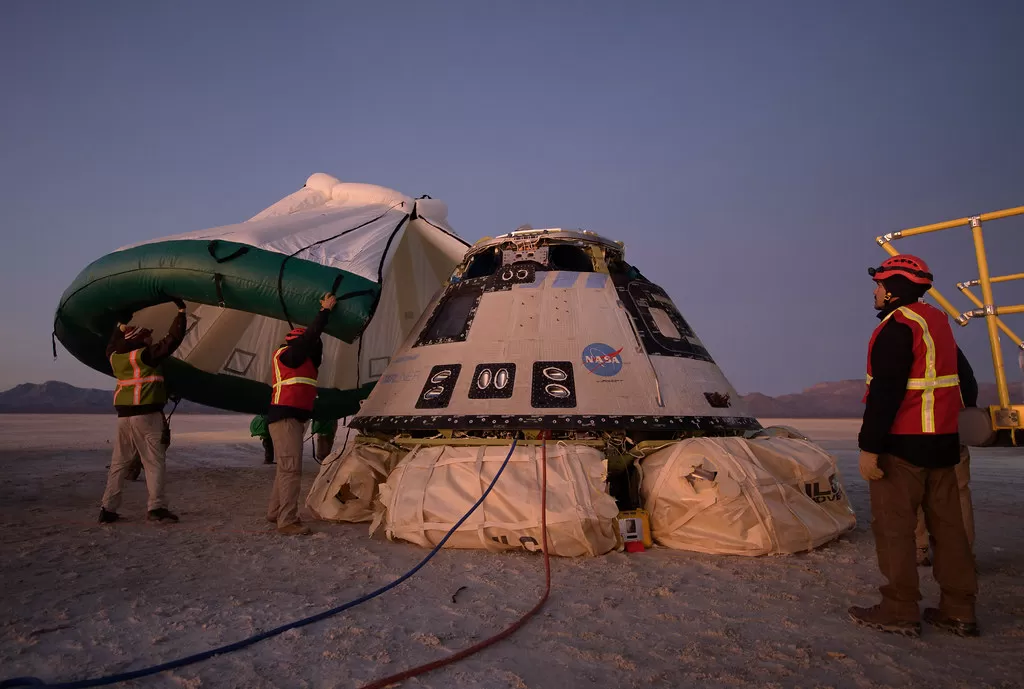Boeing is gearing up for its first manned mission of Starliner, its alternative to Elon Musk’s SpaceX, with a planned launch on Monday, May 6th. The aerospace giant is determined to catch up to SpaceX in the race for space travel dominance.
The article, “Boeing prepares for first manned mission of Starliner, its alternative to SpaceX” from Forbes Italy, highlights the exciting developments in the space industry and the competitive spirit driving innovation.
Boeing’s Starliner is a spacecraft designed to transport astronauts to and from the International Space Station (ISS). It is seen as a strong competitor to SpaceX’s Crew Dragon, which successfully completed its first manned mission in March 2019.
The launch of Starliner’s first manned mission is a significant milestone for Boeing, as it marks the company’s return to the space industry after a hiatus of eight years. The last time Boeing sent astronauts to space was in 2011, with the final flight of NASA’s space shuttle program.
The mission, named “Boe-CFT”, will have two NASA astronauts on board – Eric Boe and Nicole Mann, along with Boeing astronaut Chris Ferguson. The trio will spend several weeks on the ISS before returning to Earth.
Boeing’s Starliner is a testament to the company’s commitment to innovation and pushing the boundaries of space travel. The spacecraft is equipped with advanced technology and safety features, including a launch abort system that can quickly move the crew to safety in case of an emergency.
The competition between Boeing and SpaceX has been heating up in recent years, with both companies vying for lucrative contracts from NASA and private companies. However, this competition has also led to collaboration and mutual benefits, as seen in the partnership between Boeing and SpaceX in the Commercial Crew Program.
Boeing’s Starliner and SpaceX’s Crew Dragon are part of NASA’s Commercial Crew Program, which aims to reduce the agency’s dependence on Russian Soyuz spacecraft for transporting astronauts to and from the ISS. This partnership allows for a more cost-effective and efficient way of space travel, benefiting both companies and the space industry as a whole.
The success of SpaceX’s first manned mission has put pressure on Boeing to deliver a successful mission with Starliner. However, this competition has also fueled innovation and progress in the space industry, ultimately benefiting humanity’s exploration of the unknown.
Boeing’s return to the space industry with Starliner marks a new era of space travel and exploration. With the advancements in technology and the determination of companies like Boeing and SpaceX, the possibilities for space travel are endless.
As the countdown begins for Starliner’s first manned mission, the world eagerly awaits the success of this groundbreaking mission. The competition between Boeing and SpaceX may be fierce, but it is also driving the industry forward and bringing us closer to a future where space travel is a reality for all.
In conclusion, the launch of Starliner’s first manned mission is an exciting development in the space industry and a testament to the determination and innovation of companies like Boeing. As we look towards the future of space travel, we can’t help but feel inspired by the progress being made and the endless possibilities that lie ahead.
